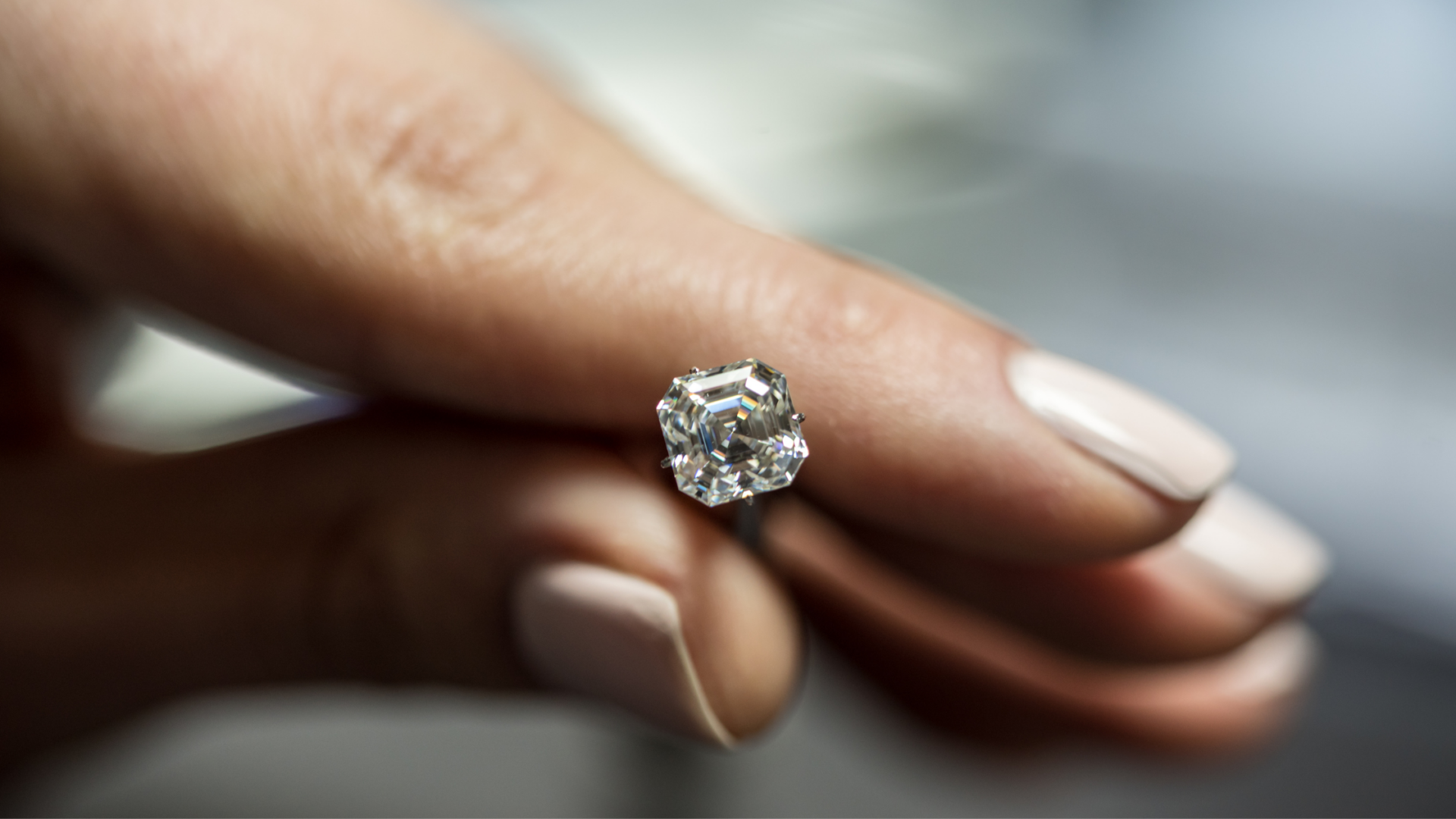- Joined
- Aug 15, 2000
- Messages
- 18,455
Twice i have asked GIA (Jim Shigley and Shane McClure) about heat treatment effect on corundum durability.
Both said "yeah, interesting, cant''t answer, we should do a study".
Neither ever replied.
No one to my knowledge has done a proper study, although there is plenty of myth that suggests durability suffers.
Any ideas guys?
Both said "yeah, interesting, cant''t answer, we should do a study".
Neither ever replied.
No one to my knowledge has done a proper study, although there is plenty of myth that suggests durability suffers.
Any ideas guys?





300x240.png)